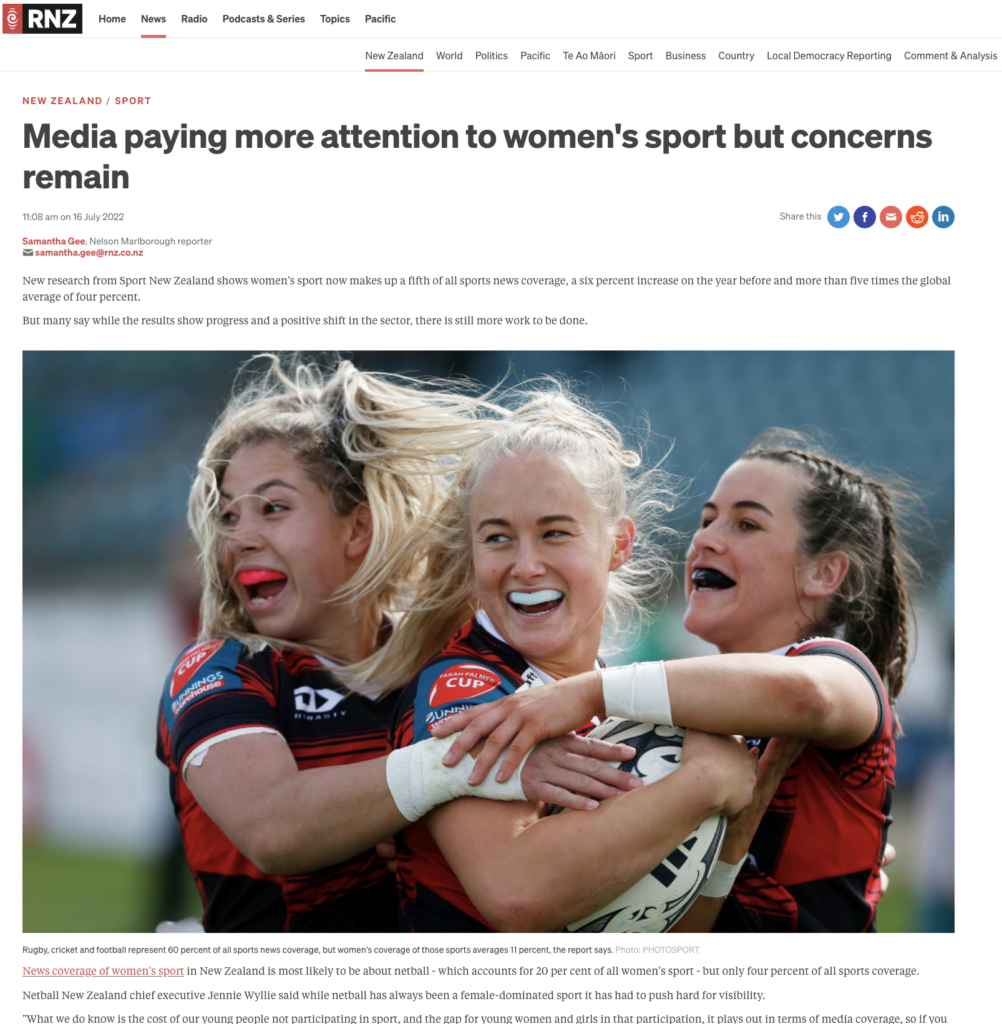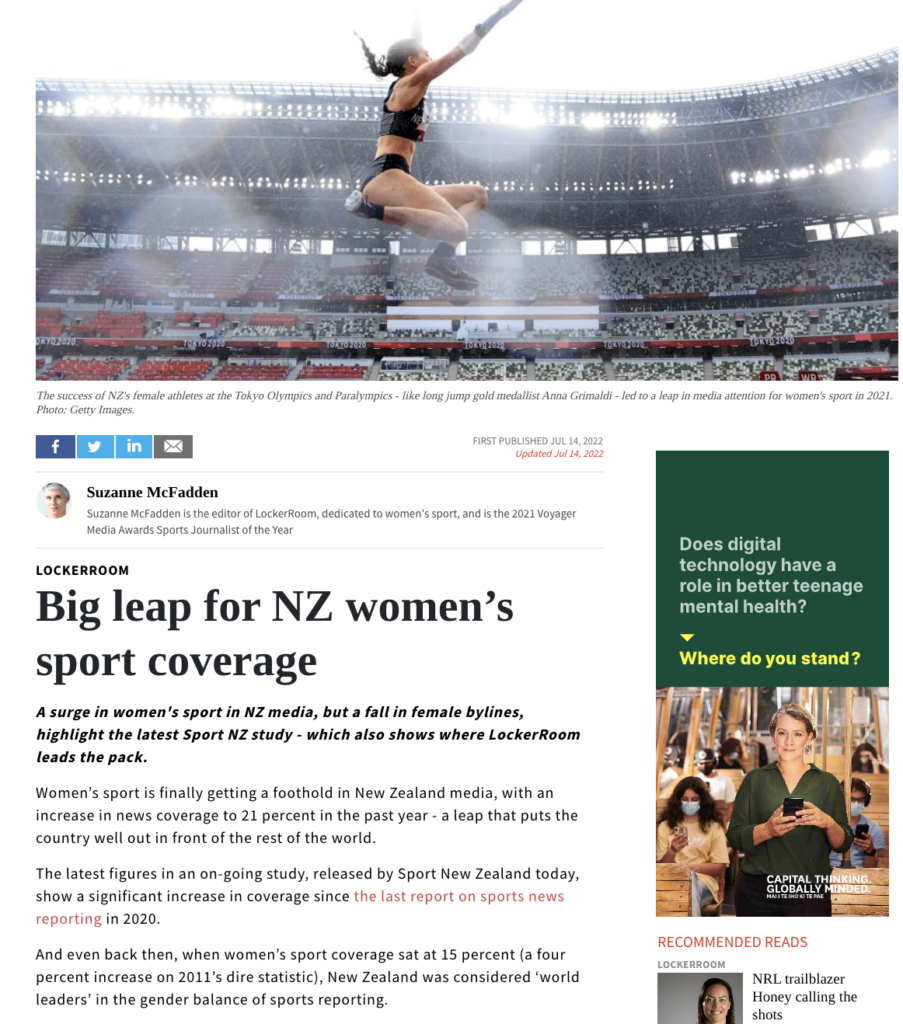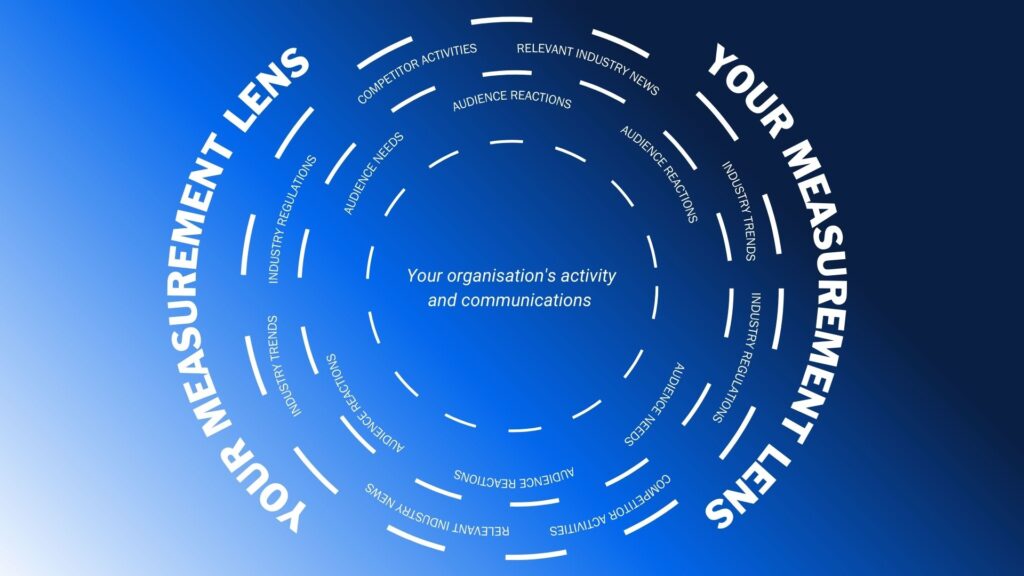Blog
The fundamentals of stakeholder strategy
A practical guide to tailored stakeholder management, offering strategies and tools to identify, map, and nurture relationships.

Research, measurement and evaluation needs to promote action with relevant stakeholders including the general public. It’s easy to fall into a trap of measuring something because you think you should or because someone has asked for a few charts on a communication team’s activity. But your stakeholder engagement strategy is missing an opportunity to create long term impact with key audiences.
Stakeholders (internal and external) are an effective resource for driving change and shifting narratives. Stakeholders are a crucial avenue for advocacy of communications activity but are usually not provided with the necessary information. They need motivation to change their behaviour and support your objectives.
A project that champions this is the Media and Gender research the Isentia insights team produced with Sport New Zealand. This research examines how women are portrayed across sports news in New Zealand and shines a light on where there is work to do. The research itself is engaging and builds rich insight into an area often not looked at on this scale. The most success lies in how research helped motivate and support behaviour change within the primary stakeholder – the media.
Editor of The LockerRoom, Suzanne McFadden, said this study encourages national representation of women in sport,
“A surge in women’s sport in NZ media, but a fall in female bylines, highlight the latest Sport NZ study – which also shows where LockerRoom leads the pack.”


Jennie Wylie, Netball New Zealand’s Chief Executive said to Radio New Zealand, that media coverage plays a vital role in female participation in sports,
“What we do know is the cost of our young people not participating in sport, and the gap for young women and girls in that participation, it plays out in terms of media coverage, so if you can’t see it, you can’t be it.”
Sport New Zealand was able to build a stakeholder engagement strategy using data and research that goes beyond numbers. It encourages those at the source of reporting to strive to improve.
Here are some tips on how to rethink your approach to research and evaluation, so your organisation can do the same:
It’s easy to fall into the measurement trap of focusing on your own activity and neglect your audience and sector. It’s important to understand if your communication is successful, but you’re missing key opportunities (and threats) that you can only see if your research lens is wider.
Research performs at its best when used to determine where you should be going instead of only where you’ve been. Bring research into your planning early and give insight into what your audiences already experience as well as their responses and their preferences, so you can tailor your organisation’s activity based on evidence.
Engage all your stakeholders in the research process and as early as possible to increase their investment in the results, regardless if it means changing their own behaviour. The more measurement and research is collaborative and unites stakeholders within a common purpose, the more effectively it will spur change.
Changing audiences and information requires your organisation’s research lens to focus on what’s relevant to your objectives and audiences.

Ultimately, research should help drive conversations, and in those conversations is where you can create change. It doesn’t always work the first time, so be persistent – it’s worth it!
Contact us to discuss how we can create a tailored measurement programme that supports your goals.
Loren is an experienced marketing professional who translates data and insights using Isentia solutions into trends and research, bringing clients closer to the benefits of audience intelligence. Loren thrives on introducing the groundbreaking ways in which data and insights can help a brand or organisation, enabling them to exceed their strategic objectives and goals.
A practical guide to tailored stakeholder management, offering strategies and tools to identify, map, and nurture relationships.
Explore how journalism shapes trust, audience engagement, and media influence in Australia and New Zealand.
Get in touch or request a demo.